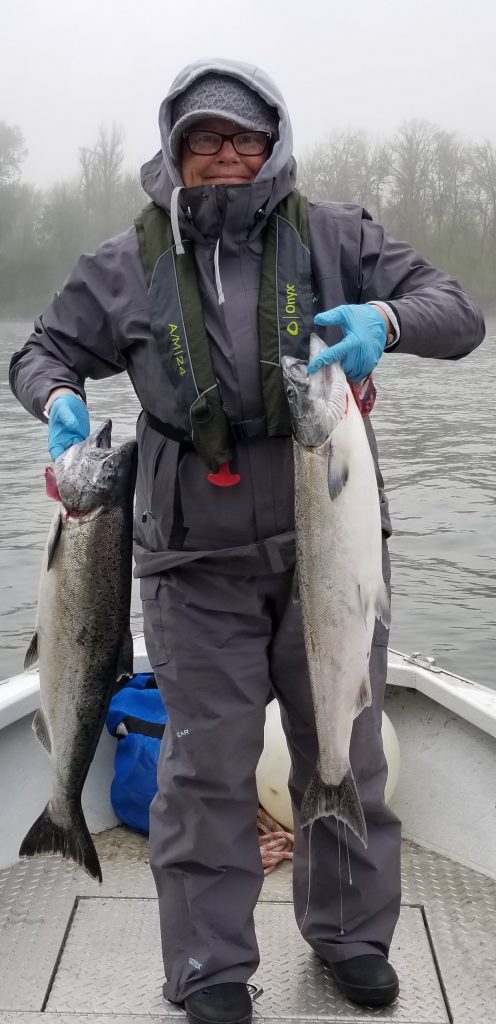
Two-rod Validation Approved For Willamette Springers
Willamette spring Chinook anglers will be able to run a second setup below the falls after the Fish and Wildlife Commission OKed the two-rod validation for this season this morning.

The move comes as state managers forecast a run of 52,400 springers back to the Western Oregon tributary of the Columbia – about 6,000 more than actually returned in 2020 – with 38,620 of those being hatchery Chinook and 15,000 available for harvest.
“The run is slightly improved and there’s hatchery surplus available and the two-rod regulation has very little risk to the unmarked, natural component of the run,” Director Curt Melcher told the commission this morning.
Allowing anglers to use an extra rod should not only increase their odds of catching these most tasty of salmon but help tamp down hatchery fish straying onto wild spawning beds.

According to ODFW, impact rates during the 2017 to 2019 seasons, when the two-pole validation was also allowed, ranged from 4.3 percent to 6 percent on wild Chinook, well below the 15 percent maximum allowed by federal overseers.
ODFW Manager Chris Kern said it added “fractions of a percent, small fractions” to the impact.
The commission voted 5-1 to approve the rule, with Commissioners Mark Labhart, Bob Spelbrink, Greg Wolley, Jill Zarnowitz and Becky Hatfield-Hyde in favor and Chair Mary Wahl dissenting.
It takes effect March 1 on the lower Willamette and Multnomah Channel (and Clackamas below Highway 99), although the year’s first kings are typically caught well before that, runs through Aug. 15, and is valid on all species except sturgeon. Cost is $28, but free for anglers 12 and under.
